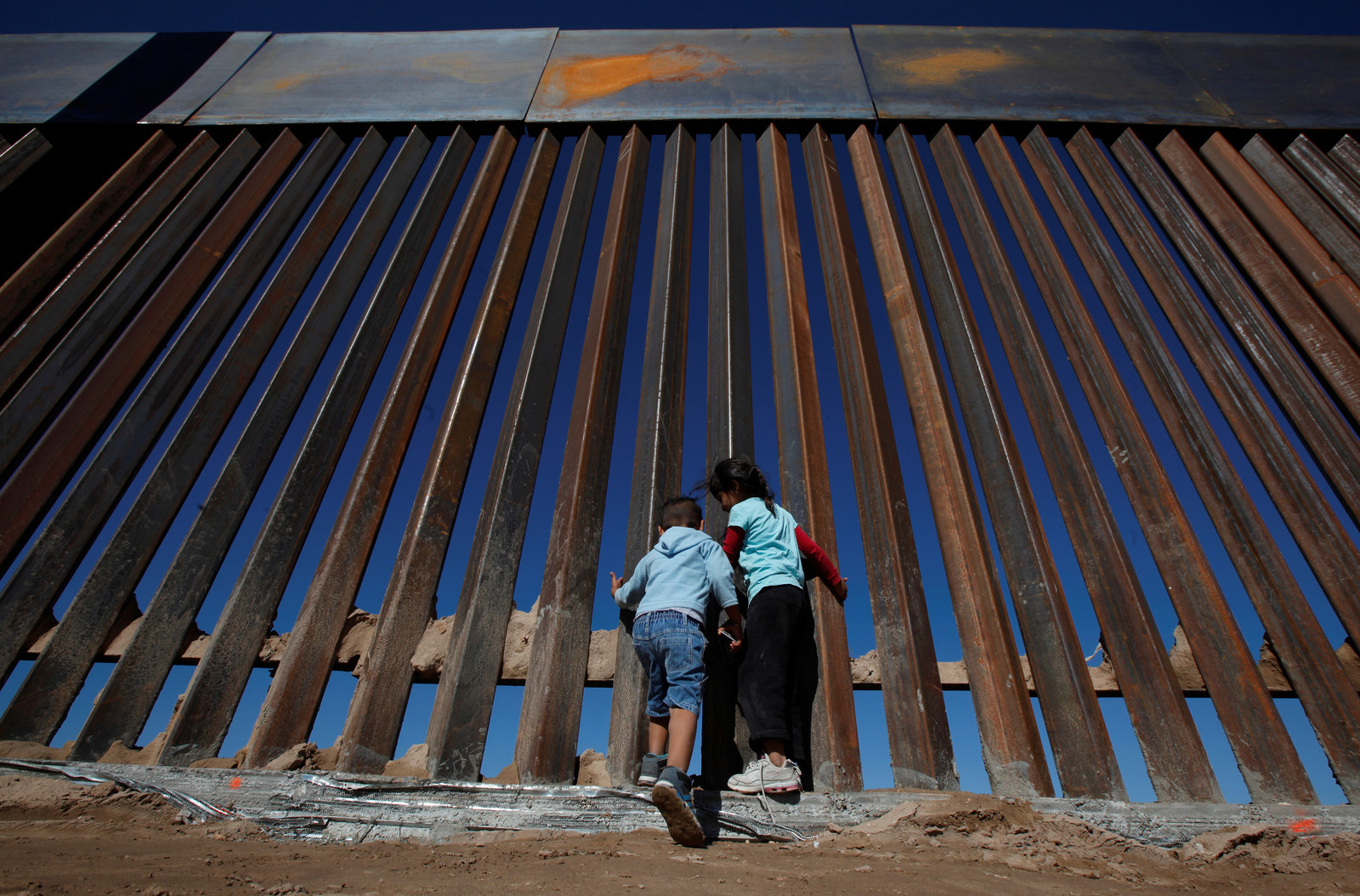
The Trump administration wants to send immigrants caught at the southern US border back to Mexico even if they’re not from the country, a move that some experts believe will face legal challenges.
A Department of Homeland Security (DHS) memo published Tuesday that gave federal authorities direction on how to implement President Donald Trump’s executive orders on immigration said agents could return a migrant "arriving on land to the foreign territory contiguous to the United States … pending a removal proceeding."
US immigration authorities currently try to weed out people who aren’t from Mexico before sending them south on a good faith basis with Mexican authorities.
A DHS official confirmed to ProPublica that the agency was looking into a plan to send immigrants detained at the border back to Mexico regardless of their point of origin and make their claims for protection, such as asylum, from there.
Andrew Selee, Mexico expert at the Washington, DC-based Wilson Center, told BuzzFeed News the United States can't legally do that and expects it will be challenged in court.
“Deporting someone from a third-party nation to Mexico while they’re seeking asylum in the US would contravene international law," Selee said.

In a statement, the DHS said it will continue to work on the plan consistent with US law and international treaties.
“DHS will continue to work with the Mexican government and the Department of State to determine how to best implement this guidance,” the agency said. “We will work with the countries involved to ensure proper coordination on the safe and humane return of their nationals.”
Arrests at the US–Mexico border rose sharply at the end of last year, according to the Pew Research Center. In 2016, apprehensions of Central Americans exceeded that of Mexicans for just the second time. The first was in 2014, when authorities saw a massive increase in unaccompanied children and families from Central America.

Meanwhile, Mexico and the US do work closely together to enforce immigration laws. And Mexico has detained thousands of Central American migrants before they even make it to the US border.
But in order for the United States to carry out the DHS guidance to send non-Mexican migrants to Mexico, the Mexican government would have to agree, Selee said.
“The Mexican government, in theory, could demand proof these are Mexican citizens, something the Mexican government doesn’t do right now because they trust the Americans will do that,” Selee said.
That may have been easier to do under a different administration, but ties between the two countries have been heavily strained as Trump attempts to make good on anti-immigration campaign promises such as building a border wall, renegotiating trade agreements, and cracking down on undocumented immigrants.
Mexican Foreign Minister Luis Videgaray on Wednesday said his government "will not accept" unilateral US immigration proposals on the same day Secretary of State Rex Tillerson and Homeland Security Secretary John Kelly arrived in Mexico City in a bid to smooth relations.
Even so, Maureen Meyer, director of the Washington Office on Latin America’s Mexico program, said it isn't clear whether there is any legal basis to make Mexico receive immigrants from other countries while they wait for a resolution on their immigration case.
“There are concerns about due process for these individuals,” she said.
